Medical cannabis is quickly becoming a go-to treatment option for many people, as research is coming to light on its many health benefits and as more states make it legal. People may get images of individuals in pain everywhere lighting up marijuana joints to get the benefits they are seeking, but this picture cannot be further from the truth.
In reality, there are multiple ways that cannabis and its active constituents can be delivered to the body aside from smoking. Each form has its own pros and cons in its delivery, and many times the user will have his or her own preference as to how he or she ingest it.
Smoking
Smoking is, of course, one of the most common ways to ingest cannabis. The dried flowers of the plant are either put into a bong or pipe, or rolled into papers, then lit and inhaled. The upside is the effects are felt immediately. However, your clothes will absorb the smell, and there may be adverse effects on the lungs such as making it harder to breathe.
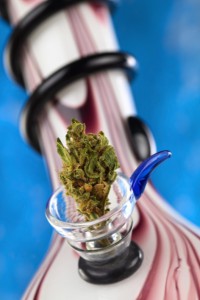
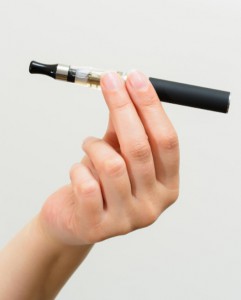
Vaping
Vaping will give the same immediate effects of smoking, with less of the odor imparted onto your body and clothing. The dried buds are heated enough to release their ingredients, but slightly below actual combustion temperature. The downside is that equipment is needed to vape, which can be costly, and the vaporizer batteries will need to be frequently charged.
Edibles
Edibles have come a long way. Today, medical marijuana can be delivered in lollipops, popcorn, crackers, and pretty much anything you can think of – even ice cream! The dosage is relatively precise when obtained from a reliable dispensary. Edibles are an alternative to those opposed to smoking or inhalation. The effects may not be immediately felt, but they are longer-lasting. It is wise to start with small doses when ingesting edibles, so you do not get more than the amount you need.

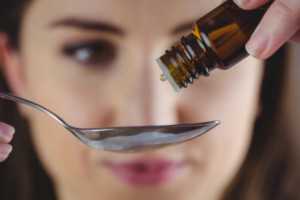
Tinctures and Sublingual Sprays
Tinctures are concentrations of cannabinoids in alcohol, glycerin or a medium-chain triglyceride (MCT) oil. The tinctures can be dropped under the tongue or added to a beverage, and the sprays are administered under the tongue as well to be absorbed by the thin tissue there. Again, these are preferred methods to some over inhalation, but care must be taken not to ingest too much.
Transdermal Patches
Many medicines are delivered transdermally. It is an easier method than smoking and optimal for those who cannot ingest edibles. Patches are placed on clean, dry skin, often on the wrist or around the ankle. There are different formulations available. Some individuals may have to shave the area, and there is a risk of an allergic reaction at the patch site.
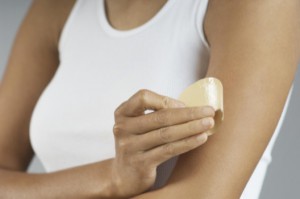
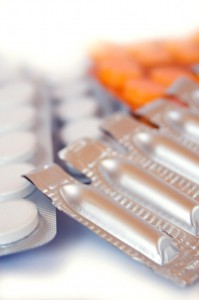
Suppositories
For individuals experiencing high amounts of nausea so that they cannot inhale or eat edibles, suppositories may be the best option. Patients insert the suppository into the rectum, where it is then absorbed by the thin mucous membrane in the colon. The effects are felt rather quickly. Nonetheless, some find this method degrading or hard to administer themselves, and the risk of the suppository slipping out must be considered. Suppositories should always be kept in the refrigerator as well, so they do not melt.
Beverages
Dispensaries are often stocked with all sorts of teas, smoothies, juices and even sodas that are infused with cannabis. Beverages can also be made at home by steeping buds in water and then making your own concoctions. Like edibles, this is an excellent way to feel the beneficial effects without inhalation. Nonetheless, it may be difficult to determine precise dosage, and the results may take a while to be felt so it can be easy to overdo it.
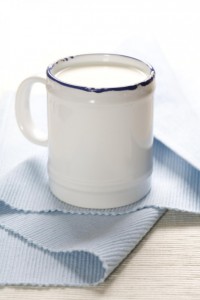
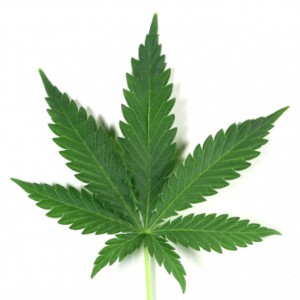
Ingested Raw
Some purists believe there are constituents lost by drying or otherwise altering the natural plant. Eating the plant on its own is not a pleasant experience, and many people would balk at the taste, so ingestion is accomplished by blending the leaves and flowers into a smoothie or juicing them with other fruits and vegetables. Raw cannabis is full of the non-psychoactive THC-A, which some believe have more therapeutic qualities. The downside to this is that this method requires large amounts of fresh cannabis, which can be hard (or illegal) to come by. There is no definitive research showing that this approach is superior to the others.
Topical Treatments
Sprays, lotions, ointments and salves are excellent ways to feel the healing effects of cannabis. They provide localized pain relief without the “high” and are good choices for conditions such as eczema, burns, muscle aches, psoriasis and the like. The topical solutions, however, may not be the most effective or potent option for those suffering more debilitating disease such as glaucoma, cancer or AIDS.
